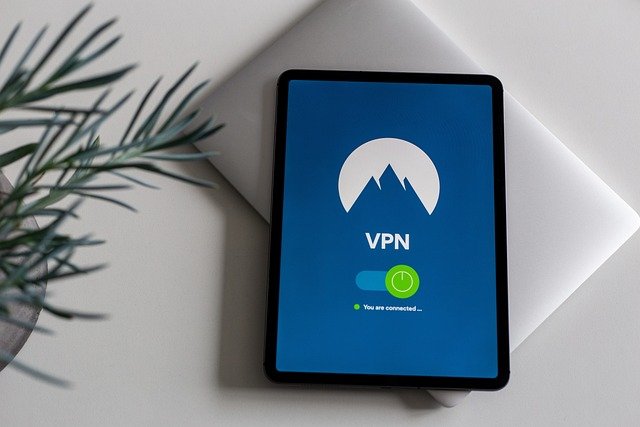Computer Monitoring Software: A Complete Overview
Computer monitoring software has become an essential tool for businesses, educational institutions, and parents seeking to oversee digital activities. These programs track various aspects of computer usage, from applications accessed to websites visited, providing detailed insights into how devices are being used. Understanding the functionality, types, and implications of these monitoring systems can help you make informed decisions about implementing such technology in your environment.

What is computer monitoring and how it works
Computer monitoring software operates by installing agents or programs on target devices that continuously collect data about user activities. These systems work in the background, capturing keystrokes, taking screenshots, recording application usage, and monitoring internet browsing patterns. The collected information is typically transmitted to a central dashboard where administrators can review reports and set up alerts for specific behaviors.
The technology relies on various monitoring techniques, including process monitoring that tracks running applications, network monitoring that logs internet traffic, and input monitoring that records keyboard and mouse activities. Some advanced systems also incorporate artificial intelligence to analyze behavior patterns and identify potential security risks or productivity issues.
Types of computer monitoring software available
Several categories of monitoring software serve different purposes and environments. Employee monitoring solutions focus on workplace productivity, tracking time spent on tasks, application usage, and identifying potential security threats. These systems often include features like project time tracking, idle time detection, and detailed activity reports.
Parental control software targets home environments, helping parents monitor their children’s online activities, block inappropriate content, and set screen time limits. These programs typically offer website filtering, social media monitoring, and location tracking for mobile devices.
Educational monitoring tools are designed for schools and training centers, allowing instructors to oversee student computer activities during lessons, prevent cheating during online exams, and ensure appropriate use of educational resources. Security-focused monitoring software emphasizes threat detection, data loss prevention, and compliance monitoring for organizations handling sensitive information.
Legal considerations for computer monitoring
The legal landscape surrounding computer monitoring varies significantly depending on jurisdiction and context. In workplace environments, employers generally have the right to monitor company-owned devices and networks, but they must typically inform employees about monitoring activities and obtain proper consent. Many regions require clear disclosure of monitoring practices in employee handbooks or contracts.
Privacy laws become more complex when monitoring extends to personal devices or activities. The Electronic Communications Privacy Act in the United States provides some protections, while European GDPR regulations impose strict requirements for data collection and processing. Educational institutions must navigate additional considerations regarding student privacy rights and parental consent requirements.
Before implementing monitoring software, organizations should consult legal counsel to ensure compliance with local regulations, establish clear policies about data collection and retention, and provide appropriate notice to users about monitoring activities.
Benefits and drawbacks of monitoring systems
Computer monitoring systems offer several advantages, including improved security through threat detection and prevention of data breaches. Organizations often experience increased productivity as employees become more focused when aware of monitoring, and detailed activity reports help identify training needs and optimize workflows.
For parents, monitoring software provides peace of mind by protecting children from online dangers and helping establish healthy digital habits. Educational institutions benefit from reduced cheating, improved classroom management, and better understanding of student engagement with digital learning materials.
However, monitoring systems also present notable drawbacks. Privacy concerns can create tension between employers and employees, potentially damaging workplace relationships and reducing job satisfaction. The constant surveillance may lead to stress and decreased creativity among monitored individuals.
Technical challenges include potential system performance impacts, false positives in threat detection, and the ongoing maintenance required to keep monitoring systems effective. Additionally, determined users may find ways to circumvent monitoring, reducing the system’s overall effectiveness.
Choosing the right computer monitoring solution
Selecting appropriate monitoring software requires careful consideration of your specific needs, environment, and budget. Begin by clearly defining your monitoring objectives, whether they focus on security, productivity, compliance, or protection. Consider the number of devices you need to monitor and the technical expertise available for system management.
Evaluate features such as real-time monitoring capabilities, reporting options, alert systems, and integration with existing IT infrastructure. User-friendly interfaces and comprehensive support services are crucial for successful implementation and ongoing management.
Consider scalability requirements and ensure the chosen solution can grow with your organization. Review the vendor’s reputation, security practices, and compliance certifications to ensure they meet your standards for data protection and reliability.
| Software Type | Target Users | Key Features | Typical Cost Range |
|---|---|---|---|
| Employee Monitoring | Businesses | Time tracking, productivity analysis, security monitoring | $5-$30 per user/month |
| Parental Control | Families | Content filtering, screen time limits, app blocking | $10-$50 per year |
| Educational Monitoring | Schools | Classroom management, exam monitoring, content filtering | $2-$15 per student/year |
| Enterprise Security | Large Organizations | Threat detection, compliance reporting, data loss prevention | $20-$100 per user/month |
Prices, rates, or cost estimates mentioned in this article are based on the latest available information but may change over time. Independent research is advised before making financial decisions.
Computer monitoring software represents a powerful tool for maintaining security, productivity, and appropriate usage across various environments. While these systems offer significant benefits in terms of protection and oversight, they must be implemented thoughtfully with proper consideration of legal requirements, user privacy, and organizational culture. Success with monitoring software depends on clear communication, appropriate policies, and choosing solutions that align with your specific needs and values.




